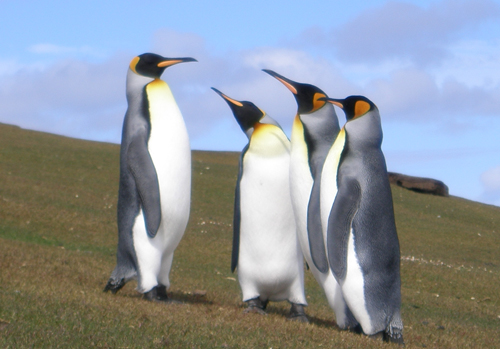
It was a year ago that we sailed south along the Argentine coast to Ushuaia and past the Falkland Islands, 182 miles to the East. The Islands were not on our list of places to visit on that passage, as they are a bit too far to the east and it can often be quite difficult to return to the continent against the prevailing south westerly winds and strong current. However we were afforded the opportunity to sail with our Canadian friend David on his boat
Incantation in exchange for his going with us to Antarctica.
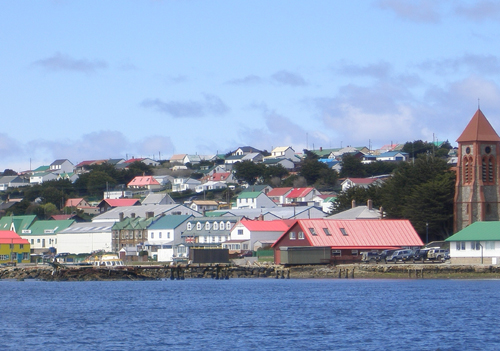
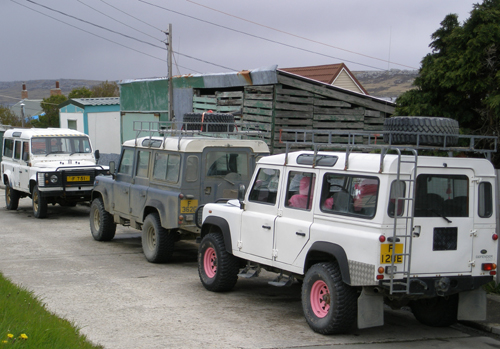
Many people had not heard of the Falkland Islands until 1982 when Argentina invaded the islands and started the Falklands War, a bitter conflict that lasted four months. A few facts: The Falkland Islands lie in the South Atlantic and are made up of two main islands, East and West Falklands, surrounded by over 200 islands, a land mass of over 4,700 square miles. The total population is approximately 2,500; 2000 live in the capital of Stanley, and 500 live in the countryside known generally as "camp". The main form of transportation is the Land Rover, which in camp averages two per person.
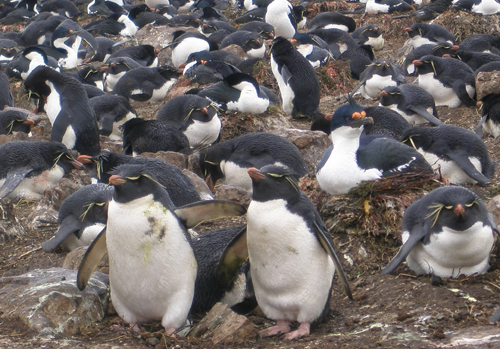
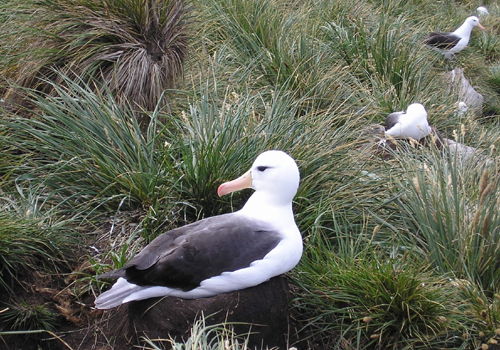
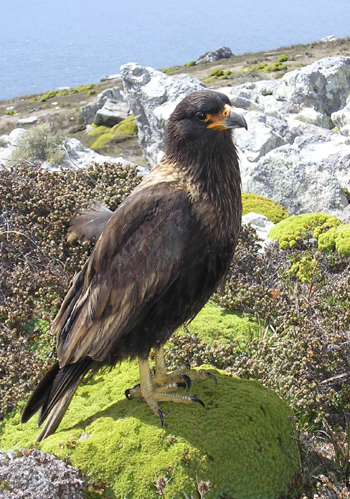
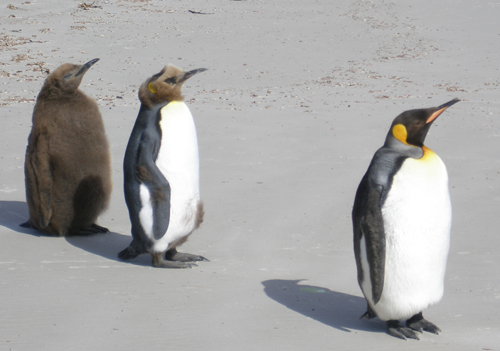
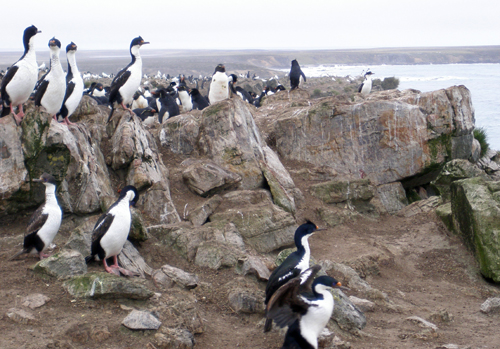
The Islands are famed for their wildlife, with 66 breeding species of birds and an estimated 90 visiting bird species. A number of species of penguin make their home on the Falklands: gentoo, rockhopper, magellanic, and the king. Other birds commonly sighted are rock and king cormarant, black-browed albatross, upland, kelp and ruddy-headed goose, caracara and vultures. The Commerson dolphins, one we thought only existed in a few river bays in Patagonia, are found in the local channels and bays.

It's out in the camps you discover the true spirit and charm of the Falklands - friendly island folk who live a unique and challenging lifestyle. They are self-sufficient, weathered and welcoming in the way that people in remote areas often are. At one time, most of the camps were owned and run by the Falkland Island Company (FIC), when wool was the major product and profitable. The camps are now privately owned and sheep and wool are still produced but tourism is becoming the main source of income.
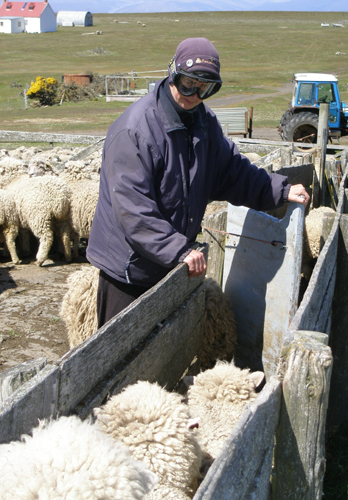
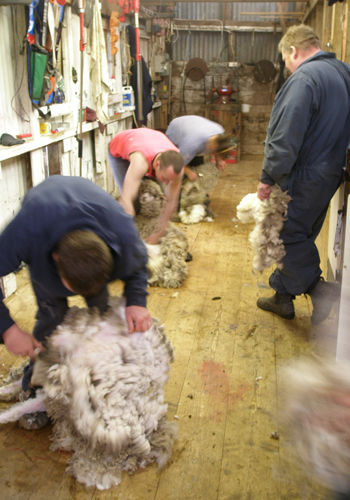
On Saunders Island we visited with David and Susan and watched as they rounded up half the sheep herd, sorted them by age (color ear tags designate the year of birth), and then flew in itinerant shearers for the shearing. They have about 6,000 sheep total, but adventure tourism is fast replacing wool production as the prime earner.
The Explorer, a small cruise ship which sank in the South Shetland Islands of Antarctica while we were in the Falklands, had a long history with the Falklands. Roddy on West Point Island told us stories of his friendship with Lars Lindblad, now deceased, the original owner of the Explorer. And on West island we spent time with Kim and Tony, both of whom had worked on the Explorer as naturalist guides, and their two young children.
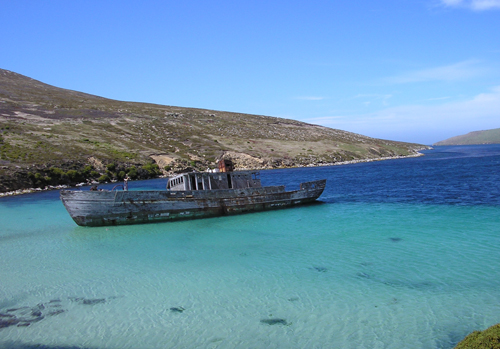
Both Roddy and Tony told us their experiences during the Falkland War. Roddy's only experience was a helicopter with five officers landing on his island and having tea with him for an hour. Tony was in Stanley and had daily contact with the Argentine forces. His contact was not as cordial.
Of course, we could have spent a lot more time in the Falkland Islands but we needed to return to Ushuaia to get Tamara prepared, fueled and provisioned for our attempt on Antarctica the end of December.
Labels: Falklands Islands



0 Comments:
Post a Comment
<< Home